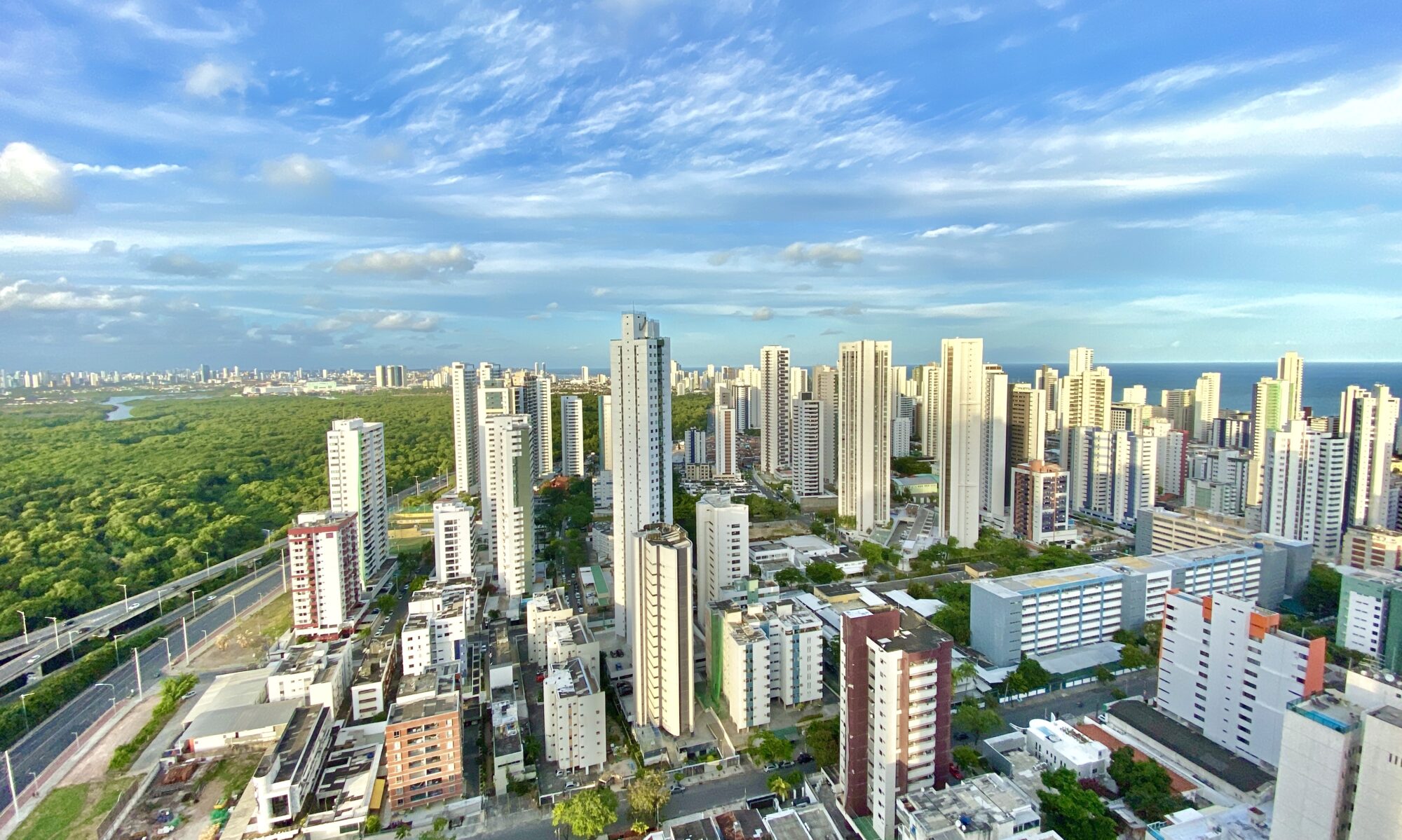Linking Amazonia with the Brazil’s western centre, Rondônia has been developing its economic and tourist potential since 1982 when it ceased to be a territory and became a state. The initial kick-start for the development of cattle-breeding and coffee production, the staple products of the state’s economy, was possible thanks to the Pólo-Noroeste (The North-West Pole) project implemented by Brazil’s federal government, which aimed at encouraging settlements in the region and which supported improvements, specifically the covering with asphalt, to the highway linking Porto Velho to Cuiabá, thus attracting settlers from the south and centre-south of the country.
Of the fifty two state municipalities, thirty-eight have come from these settlers and only two, the capital – Porto Velho, and Guajará-Mirim are earlier settlements. The North-West Pole project triggered a substantial growth in population, which went from around 100 thousand inhabitants in 1970 to a present figure of 1.5 million. Colonization of the region was the main objective of the North-West Pole project, followed by the Planafloro project, which aimed at dealing with environmental issues and land demarcation. Today, of the 17 Indian reserves in the state, inhabited by 23 different groups, only one, occupied by Indians only recently discovered, has not as yet had its boundaries defined.
The processes of industrialisation and agricultural development took place in parallel, arising from the use of vegetable and mineral raw materials, including tin ore, which in time was used to the advantage of beef products. After the construction of the Samuel Hydroelectric Plant during the 1980s there was an upturn in the industries concerned with timber, mineral, civil construction and foodstuffs.
A new economic boost was given to the region with the creation of the Guajará-Mirim free trade area in the municipality of the same name established in 1993. Situated on the border with Bolivia, 320 kilometres from the capital and separated from the Bolivian town of Guajaramirim by the River Mamoré, Guajará-Mirim is fostering commercial exchange between the two countries.
Rondônia shares a strong potential as a tourism centre with other states in the Amazon region. Its forests, rivers, waterfalls and fish cuisine are just some of the attractions. One thousand seven hundred kilometres in length, the River Madeira is the main tributary on the right bank of the Amazon and borders Porto Velho. By navigating its waters it is possible to travel through the very middle of the Amazon forest to see one hundred year old trees, exotic birds and stretches of rapids. The Lago do Cuniã can be reached by means of the River Madeira; this lake is one hundred and twenty kilometres from the capital and is a nature reserve which is a natural breeding ground for freshwater fish over which flocks of birds frequently fly.

